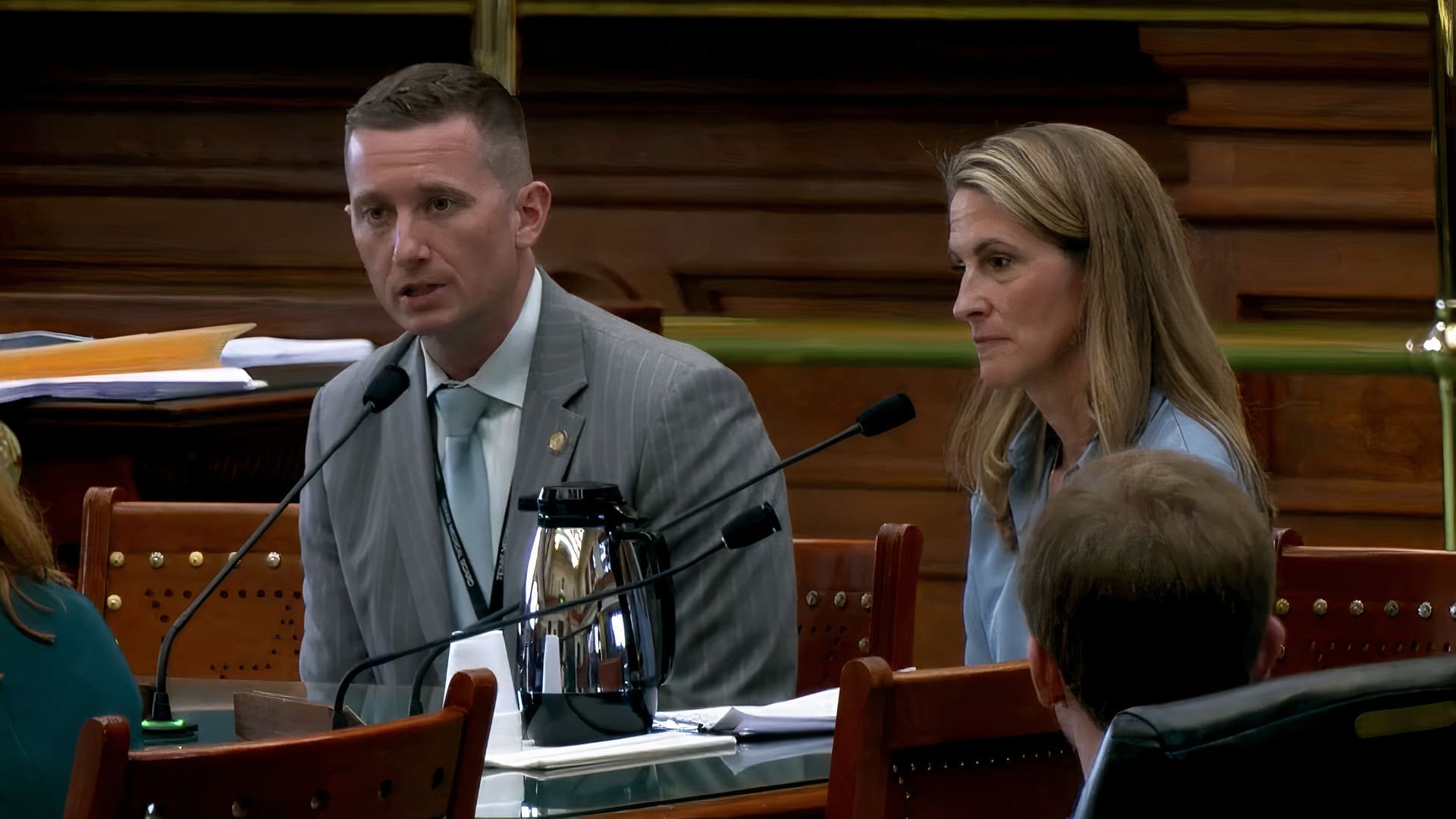In 1978, Texas voters approved a constitutional amendment to create truth-in-taxation and transparency in the calculation and process by which the governing body of a local government sets the annual property tax rate. Since 1978, the truth in taxation laws have become more complicated as local governments calculate effective tax rates, rollback tax rates, and debt tax rates while potentially adopting a property tax rate that is somewhere in between all of these various calculations.
The Comptroller’s 2012 Truth-in-Taxation guide shows a local governments’ property tax rate calculations can be as much as a 52 step process for cities and counties and up to a 39 step process for school districts. The truth-in-taxation laws have become so complicated that the average property owner cannot understand them – a situation that undoubtedly satisfies the tax-and-spend crowd. In the 82nd Legislature, Rep. Ken Paxton (R-McKinney) and Sen. Brian Birdwell (R-Granbury) teamed up to pass House Bill 2338, which requires counties to post the various calculated property tax rates on their websites, shining a bit more light on the rate-setting process. The new law, which is now in effect, also gives simple definitions describing the various tax rates so individual property owners can see who is taxing them and at what rate.
The real beauty of this is it allows a person to view both the effective tax rate and the property tax rate. A quick and dirty explanation: the effective tax rate is calculated in a method to account for the change to a taxing district’s property tax appraisals. As appraisals creep up, the effective tax rate is calculated as a lower tax rate and if appraisals drop, the effective tax rate is calculated as a higher tax rate. That basically means that tax rates are calculated in such a way that they are supposed to lower if property tax revenue is up. The governing body of a local government may adopt a tax rate that exceeds the effective tax rate, but if the adopted rate exceeds the rollback rate, the taxpayers may petition to have the tax rate lowered or, in the case of a school district, an election is automatically triggered to ratify the tax increase.
For example, according to the truth in taxation summary for Travis County (the only major urban county for which this information was available at the time of this writing), the Travis County Commissioner’s Court adopted a tax rate of 48.55 cents per $100 in valuation in 2011. The property tax rate in 2010 was set by the city council at 46.58 cents. On the face of the adopted rates, the Travis County Commissioner’s Court raised tax rates by 4.2% from 2010 to 2011.
However, the effective tax rate takes into account the appraisal increases within Travis County to give a calculated tax rate of 47.14 cents, assuming no increase in the property tax levy. If the Travis County Commissioner’s Court had adopted the effective tax rate, which assumes no new taxes on the average resident, the property tax rate would have only increased from 46.58 cents to 47.14 cents, or a rate increase of 1.2%.
Thanks to Rep. Paxton and Sen. Birdwell, we can view the truth in taxation property tax rates that are set by local governments across the state in a clear manner. These transparency tools give us the ability to hold our local elected officials accountable when property taxes are increased above and beyond the rate with appraisal creep factored in. House Bill 2338 is a step in the right direction, but even with the improved transparency, the property tax is clearly still a very complicated tax to administer that legislators must work to eliminate.



